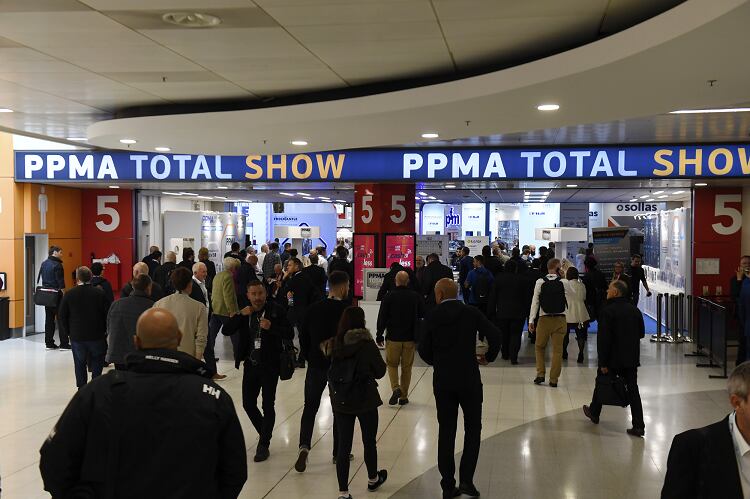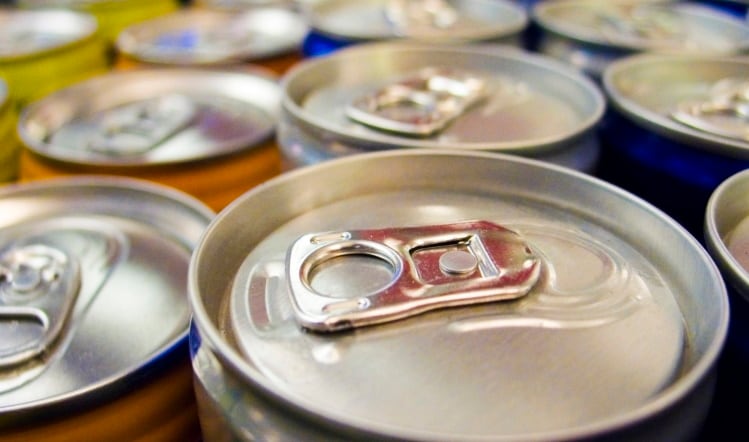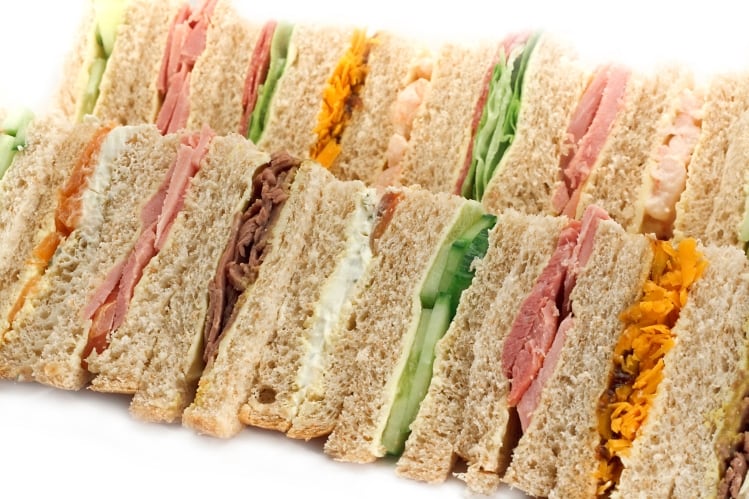With the category still only accounting for 2% of the total alcoholic drinks sector, Pete Martin — regulatory advisor at Ashbury — shares his predictions for its future post-pandemic and his guidance for brands new to market or those wishing to break into it.
The market is increasing in value and constantly expanding, with adverts for low2no seemingly everywhere. Great Britain (GB) is behind on market share in comparison with other EU countries, but since the pandemic the category has continued to grow with a rise in health-conscious consumers keen to ditch booze or reduce the amount of alcohol they drink.
Aiding that growth is the arrival of new players to the market, as well as the diversification of larger traditional soft drink producers and already well-established alcohol brands.
As the bigger players get in on the market share, it’s the smaller, newer brands who are going to have a harder time of establishing their products. Unlike their larger competitors who can repurpose what they already have new brands need to establish their brand and product through advertising, product placement, branding, labelling and packaging.
It's undoubtedly a confusing sector, especially where labels and product information is concerned. Many people struggle with the idea of ‘low’ — what’s the point of it and how much alcohol content actually counts as low?
Labelling Laws
The UK Low Alcohol Descriptors Guidance was published in 2018 by the Department of Health, and states: 'Low alcohol is a drink which is 1.2% abv or below. Alcohol-free is a drink where the alcohol has been extracted and contains no more than 0.05% abv.'
In the EU that differs slightly with alcohol-free classed as 0.5% and below. Many in the industry are calling for GB to be brought in line with the EU to bring consistency across the market, although legislation differs in the US And Australia.
Most drinks have strict legislation around the alcohol content they must contain in order to be classed as gin, whisky or rum, for example. Producing low alcohol will impact how brands can name and label their products, so producers need to carefully consider the rules around this before bringing such drinks to market to avoid compliance or regulatory issues down the line.
Compliance & Health Claims
Although as a category low2no is growing, keeping up the current pace of growth will be hard for the industry when it is subject to the same requirements as food. That essentially will mean brands must comply with the same regulations covering nutrition and health claims and declaration of the nutrition panel.
However, whilst there is certainly a long way to go for the UK to adapt at a similar pace to other jurisdictions, I believe there is still huge potential for growth even long after the pandemic.
People are keen to make healthier choices by reducing their alcohol intake or becoming teetotal, in the same way we have seen a growth in the vegan and plant-based sector for those opting to reduce their meat consumption. That's something that dates back long before our generation when meat was a luxury and vegetables made up a large portion of our diet.
Whether new to the sector or already established in alcoholic drinks with a desire to branch out to low2no, brands need to consider wider industry changes and developments to ensure that when they launch a product, it will remain compliant — and not just in terms of labelling adjustments or product information tweaks.
For example, the low alcohol threshold of 1.2% was set when beers were 3%. Now they’re typically about 4-5%, so should the low alcohol threshold go up to allow claims to be made which draw consumers to the lower alcohol product?
Trends
We’re seeing lots of lookalike drinks in the market right now — adult-tasting drinks that are non-alcoholic or low alcohol alternatives to traditional gin, rum, beer and wine. But be careful of the labelling and product information you include and consult with an expert if you’re unsure about compliance to protect your brand from potentially costly and timely revisions.
Within the UK, the EU and globally there's a lot of attention directed to health and weight of the populace. Part of this concern is leading to a change in how alcohol is labelled.
Traditionally alcohol products are exempt from indicating both ingredient list and nutrition labelling, but one can often see this information labelled voluntarily. In fact, the industry had moved to a self regulatory position and was to provide such information over the coming years.
The EU as a part of its Farm to Fork strategy and Beating Cancer Plan is now looking at proposals to make ingredient and nutrition labelling mandatory on all alcoholic beverages. This would allow the low and no category to compete on an equal footing in respect of this aspect of product information.
Advice for Low2No Brands
1. Don’t leave compliance until last.
Understanding the rules and regulations for the markets you intend to sell in is key, and could save a lot of heartache (and cost) down the line.
With no worldwide harmonised approach to permitted or banned ingredients, labelling rules, or health and nutrition claims, it can be extremely easy to fall victim to non-compliance.
Ashbury recommends starting compliance early in your development journey. Get informed on what you need to know (and what you don’t know, too). Research your key markets by getting to grips with legal terms and definitions, understanding the risks associated with your intended market and ingredients, and monitoring best practice and competitor activity.
2. Be cautious of novel ingredients
Novel ingredients are those that have not been consumed to a significant degree prior to May 1997. Such ingredients could be entirely new; they could be new extracts from existing foods or from new processes.
There are different routes to approval and allowed use in the UK and EU. Care needs to be taken that any exotic botanical ingredient used in low and no alcohols do not fall into this category as a process of approval may then have to be followed. This could be time-consuming if a full application is required — the UK does allow a traditional use route which requires less data, but nonetheless significant use in a country for 25 years needs to be demonstrated.
3. Food laws
Food regulations vary from one jurisdiction to the next, so it’s vital you do your research into your intended market to understand the specific laws that could apply to your product.
To succeed in this market, companies — particularly new market players and smaller independents — must start their compliance early to avoid any potential headaches and non-compliance down the line. Being aware of things that could impact your success, like ingredients, product information, and food laws is key.
Pete Martin is regulatory advisor at Ashbury




